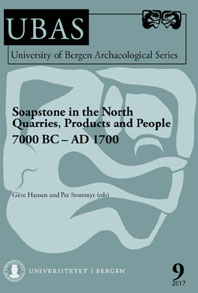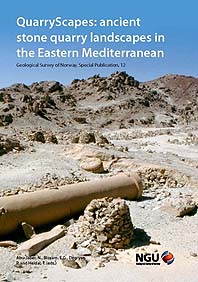
The current south face of the NY obelisk in Alexandria in the 1870s and in Central Park in 2008. Very little weathering has taken place over these c. 140 years. Note that the current west face is more weathered. Images are enhanced. Sources: Flickr (Brooklyn Museum) and Wikipedia
A few days ago Secretary General Zahi Hawass of the Egyptian Supreme Council of Antiquities expressed grave concern about the condition of Cleopatra’s Needle of NYC and even threatened to take the obelisk back to Egypt if care is not taken to conserve it. This has triggered much discussion. Here’s an update after my recent post on the obelisk’s weathering.
In a blog entry on DrHawass.com, Zahi Hawass states his dismay “at the lack of care” and implies that damage to the obelisk has happened since it arrived in Central Park more than a hundred years ago. Famous for his efforts to repatriate Egyptian monuments that went abroad in the colonial era, Dr. Hawass challenges the US authorities to restore the obelisk or he “will take the necessary steps to bring this precious artifact home and save it from ruin”.
This has not gone unnoticed; dozens of news sites have covered the case, including statements from the Central Park Conservancy and the Metropolitan Museum that stress the current stable condition of the obelisk.
In a sense Dr. Hawass is correct in stating that weathering happened after the obelisk was transferred to NYC. However, this mainly took place in the years just after relocation. And as shown in my recent blog post, the condition was not much better prior to relocation, implying that most of the damage happened far back in history, the causes of which are unclear.
Using available historic photos it can be seen that those parts of the obelisk that were in poor condition before relocation from Alexandria are the same that slightly suffered in the early days in NYC. Parts in good condition have hardly been subject to change over the last more than 100 years. In conclusion, it seems that the weathering of the obelisk is not a crucial argument for bringing it home to Egypt.
On searching the web for information about the current debate I came across earlier public discussions on the condition and causes of damage. There is, for example, an amusing letter to the editor of New York Times in 1981. Probably citing a paper of Erhard Winkler from 1965, Fred Brauen writes that “the disastrous disintegration rate of granite in city atmosphere, as exemplified by Cleopatra’s Needle, is a myth”, adding “It is therefore hoped that the obelisk will be eliminated from textbooks of physical geology as a good example of weathering in cities”.
Brauen goes on to note that “the New York obelisk, which Napoleon had intended for France when he saw it, was […] refused because of poor condition, in favor of the well-preserved Luxor shaft removed to Paris in 1836.” As we all know, the Paris obelisk is still there in perfect condition.
Photo credits
- Obelisk 1870s: Flickr (Brooklyn Museum); 2008: By Captain-tucker (Own work) [CC-BY-SA-3.0], via Wikimedia Commons
Sources
- Obelisk in Central Park, at DrHawass.com
- New York Times 1981: New York City Environment Cleared in Cleopatra’s Needle Case
- E.M. Winkler, “Weather Rates Exemplified by Cleopatra’s Needle in New York City”, The Journal of Geological Education, 13,. No.2, (1965), 50-52.
Examples of press coverage (or just google “obelisk hawass”)
- New York Times: Egyptian Official Says New York Needs to Protect Obelisk
- Al-Ahram online: Hawass fears for Cleopatra’s Needle
- msnbc.com: Egypt threatens to remove Central Park obelisk
- New York Post: Needle jab at Bloomy Egypt obelisk threat
- See also: Condition Report: Cleopatra’s Needle at artbinge.wordpress.com






